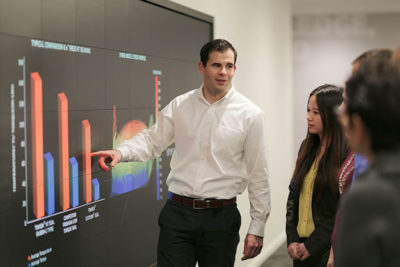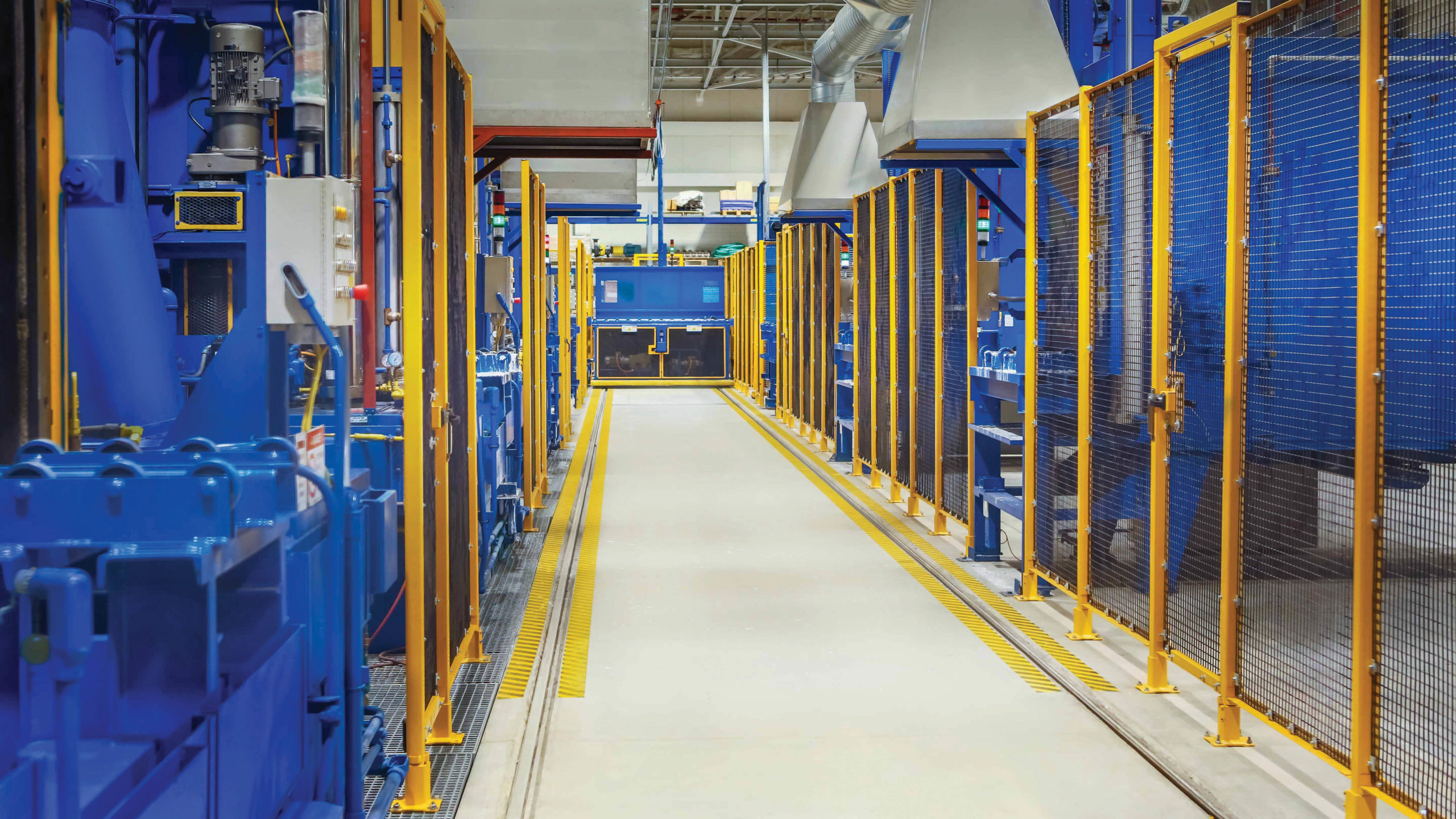Innovation
Automated Operations Drive Consistency and Maximize Efficiency
“My mission is simple,” says Roman Dreussi, group leader, manufacturing R&D, and a 22-year veteran of Timken. “It’s to take variation out of every product and process.”
Leveraging physical and digital automation, Timken engineers are streamlining manufacturing to meet increasingly demanding customer specifications and timelines while conserving materials and improving efficiency.

Roman Dreussi
Group Leader, Manufacturing R&D
Location:
World Headquarters, Ohio, U.S.
“At Timken, we’ve done great with physically automating part movement in, out and down the line. I’m excited about where we can go, using data automation to improve the quality of our products and the reliability of our customer commitments.”
Timken has a long history of automating operations to deliver efficiencies. The company has maintained that tradition of cutting-edge manufacturing and built a reputation for reliability and premier products. Today, facilities such as the Prahova metric tapered roller bearing (TRB) plant in Romania and large-bore bearing lines that support wind energy in Wuxi and Xiangtan China, sit at the cutting edge of an ongoing evolution.
Adding value to a subtractive process
“Whatever our engineers design, we must manufacture to exact specifications,” says Dreussi. “A special profile may be required, for example, to make a bearing fuel efficient.” Achieving those ends calls into play Timken’s 100-plus years of expertise in grinding and finishing processes, starting with what’s known as “hard stock.”
Raw steel is made into a rough bearing ring. Then, it’s sent for thermal treatment. This results in what’s called ‘black stock’ — because the steel is hardened until it has a black coating on it.
From there, the grinding and finishing begins — processes that remove material to create the final bearing ring. “It’s one thing to make what our product designers are after,” Dreussi says. “It’s yet another to make it quickly, while meeting standards for quality, consistency and reliability with minimal scrap.”
To continually add value, Dreussi and team capture data at every point of the manufacturing process. With that data, they make decisions about where good investments can resolve problems, streamline operations and reduce costs.
Streamlining “black to pack”
New machine tool technology at the Prahova Plant offers one example of how investments in manufacturing at Timken create dramatic time and cost savings and increase shareholder value.
“In our legacy factories, you see operator interaction,” says Dreussi. “For example, the wheels that grind the internal cone diameter of a bearing wear rapidly, so someone has to replenish the abrasive once or twice an hour.”
With the new machine tool technology complete parts can be produced with minimal human intervention. “Black stock goes from the manufacturing line to a black-and-orange Timken box in just 30 to 45 minutes,” says Dreussi. “Watching raw product turn into finished bearings in such a short time — that’s pretty incredible.”
Timken’s new Prahova plant features sophisticated advancements in computer controls, robotics, and automation, taking modern manufacturing to the next level.
Doing more with less
At new Timken facilities, plant designers also ramp up efficiency and consistency by using fewer machines. One machine can now handle grinding operations that once took four.
Ultimately, the objective is as much productivity as possible. “Skilled labor is in short supply, and turnover at high-touch facilities is increasing,” says Dreussi. “We need associates, but automation improves product consistency and increases efficiency by removing variation.”
“We’re aiming for maximum efficiency,” he says. “You set up the line, everyone walks away, and it runs for hours without interaction. If we can achieve that, I’ve done my job.”
Next up: Realizing the value of all that data
Dreussi expects to realize even more value from automating data collection — the foundation of Industry 4.0, the manufacturing version of the Internet of Things.
For example, grinding variables — known as process parameters — underlie the “recipe” for every operation. That recipe helps the team understand the business impact when an operator changes the parameters.
“I used to fly everywhere to physically gather the data,” says Dreussi. “With these new machines, I receive it automatically and can review it from my desk. I know in real time how long each operation takes, how many pieces a line produces and how cycle time trends throughout a production run.”
Now that they have data at their fingertips, the team is looking at how to get the most out of it. “With AI and machine learning, the industry is at the tip of the iceberg,” says Dreussi. “Everybody’s talking about it, but the solutions that will truly add value are still in development.”
“At Timken, we’ve done great with physically automating part movement in, out and down the line,” he says. “I’m excited about where we can go, using data automation to improve the quality of our products and the reliability of our customer commitments.”
Learn how the Prahova Plant uses sophisticated advancements in thermal treatment capabilities and finishing technologies to advance tapered roller bearing technology in metric sizes.
Last Updated: 2023/10/13
Published: 2021/10/30
